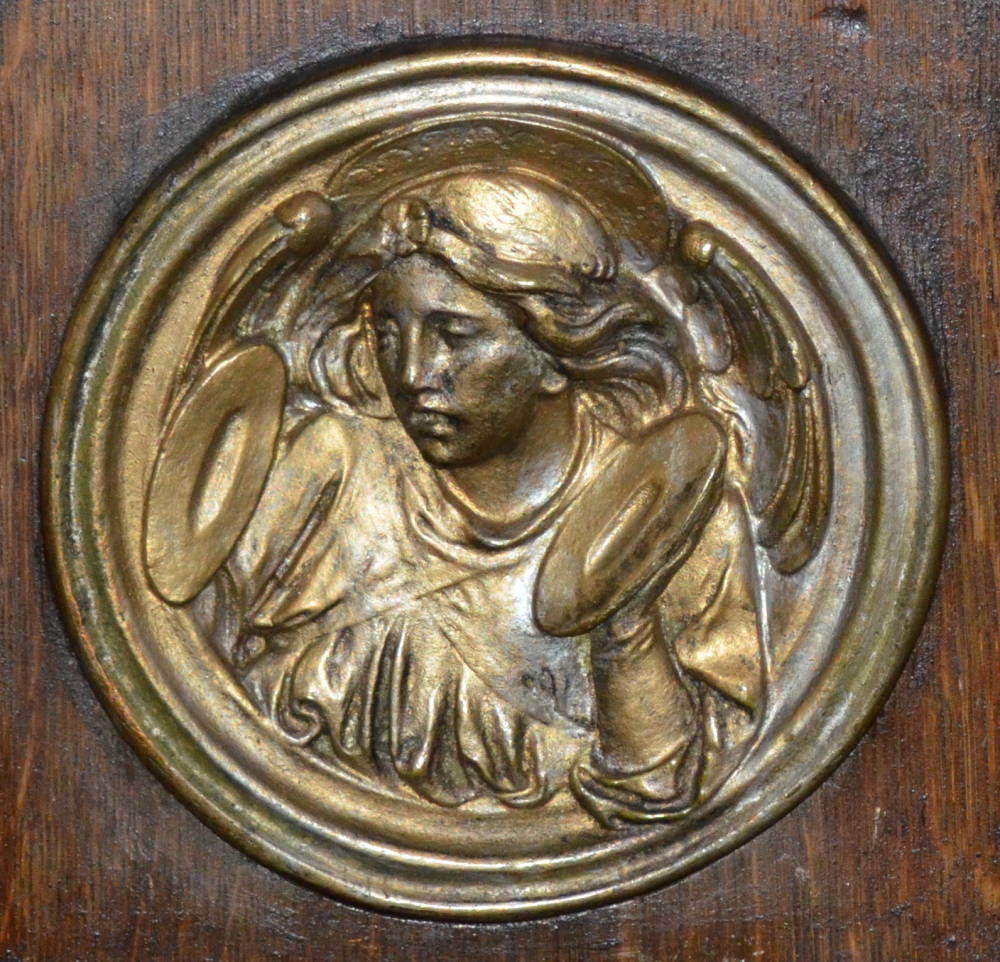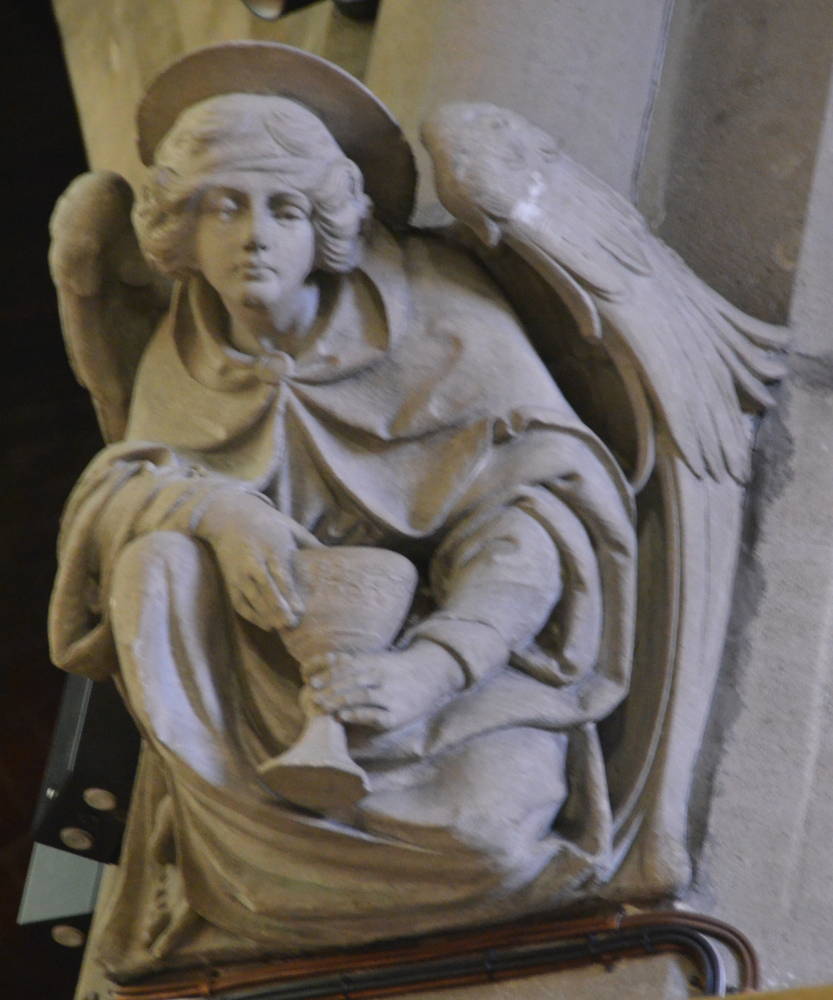Holy Trinity Church, Chelsea — the “Arts and Crafts Church” — designed by J D. Sedding (original) (raw)
Sedding's last and most mature work, and the outstanding London example of the Arts and Crafts movement in the ecclesiastical field. The patron was the Earl of Cadogan. £22,000 had been spent by 1890. Sedding wanted churches to he "by living men for living men', and Holy Trinity has certainly freshness and daring at a time when Pearsonand the younger Scotts designed in the most accomplished neo- Gothic idiom. . . . Many of the leading artists of the day con- tributed to make Holy Trinity a museum of 1890s design. There is a complete blend between the medievalizing Pre-Raphaelite-Morris and the Italianizing trends. Henry Wilson, Sedding's pupil and successor, and a first-rate decorative artist, carried on after Sedding's early death in 1891. — Cherry and Pevsner, 559
Bibliography
Cherry, Bridget, and Nikolaus Pevsner. London 3: North West. The Buildings of England. New Haven: Yale University Press, 2002.
Holy Trinity Church, Sloane Street, London SW1: A Brief Guide. London: Holy Trinity Church, n.d.
Skipwith, Peyton. Holy Trinity Sloane Street. London: Trinity Arts and Crafts Guild, 2002.
Last modified 20 April 2013




